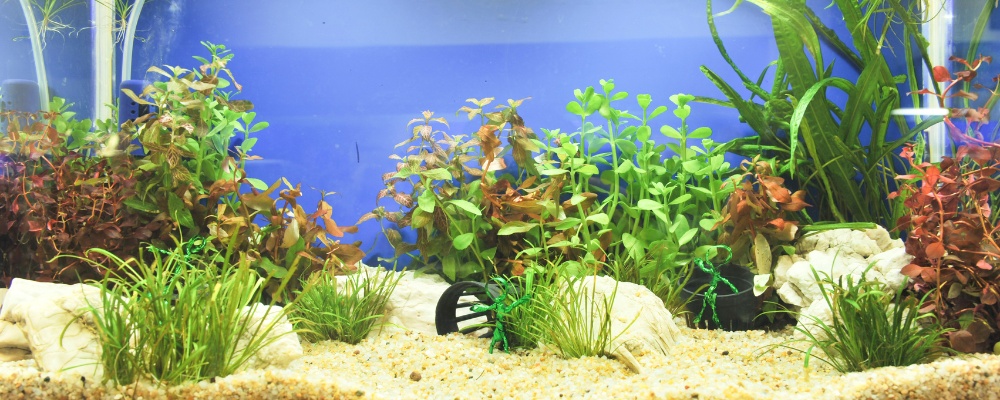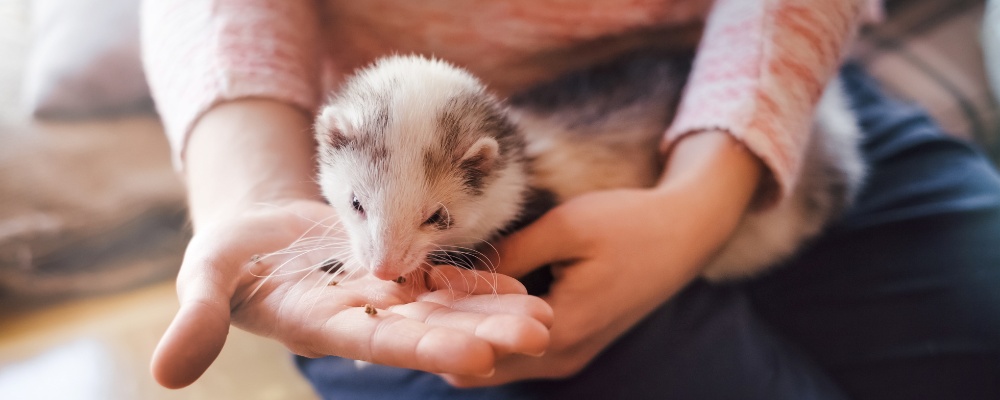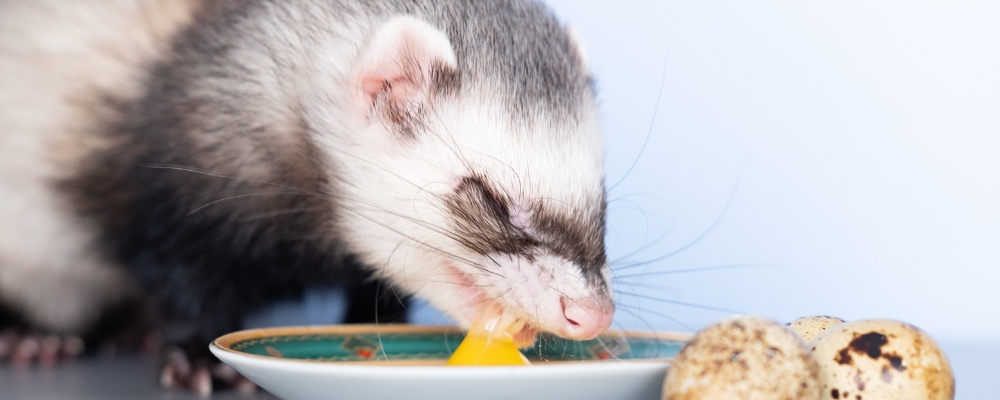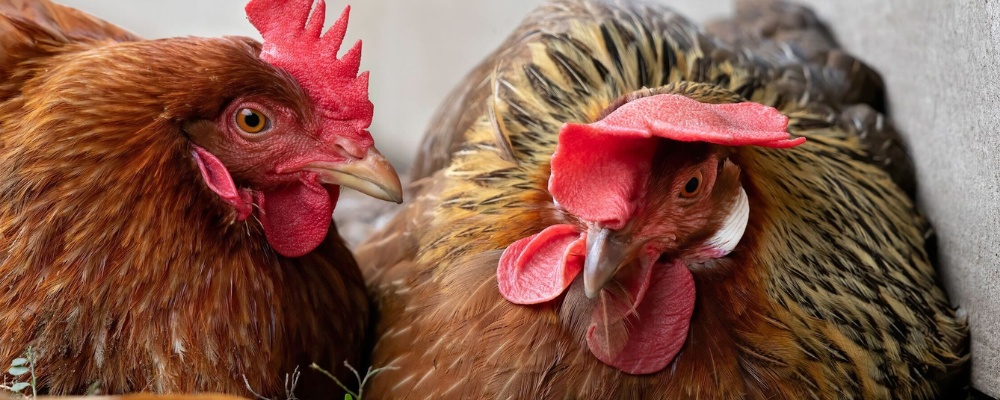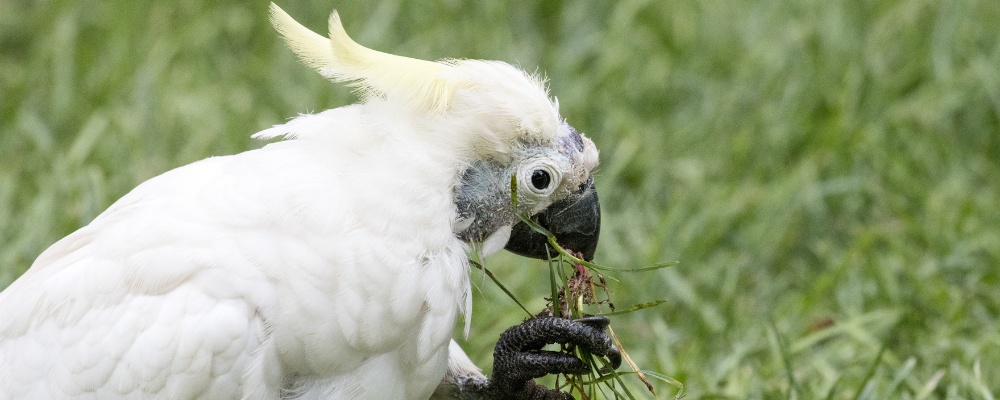Your aquatic animal’s health is intimately related to the quality of the water they live in. The way you manage your water quality is therefore very important. This handout covers the very basics of water quality management for indoor freshwater aquariums and will be helpful for freshwater species such as goldfish, turtles and axolotls.
Ensuring the well-being of your ferret involves providing a nutritionally balanced diet that aligns with their natural carnivorous instincts. This guide explores various feeding options, emphasizing the importance of protein and fat while steering clear of plant-based proteins.
A simple recipe to make up 10kg of ferret food. As an alternative to feeding whole prey, a raw mix can be made by combining 10% bone, 10% organ, and 80% muscle meat, as below.
Chickens make wonderful pets, endearing themselves to many with their unique personalities and interesting behaviours. Caring for chickens is relatively easy, but ensuring they receive the right vaccinations, proper husbandry, and a balanced diet is crucial.
Psittacine Beak and Feather Disease (PBFD) is a viral infection that affects parrots and other avian species, and can significantly impact their health. Understanding the symptoms, modes of transmission, and diagnostic options is crucial for early detection and effective disease management.
